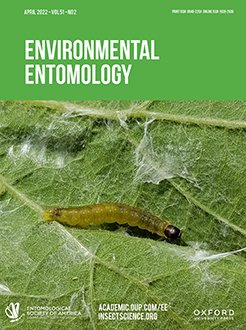Wind directly influences the spread of vector-borne plant pathogens by driving the passive dispersal of vectors to potentially new areas. Here, we evaluated the effect of wind speed and direction on the dispersal of the Asian citrus psyllid (ACP), Diaphorina citri (Kuwayama) (Hemiptera: Psyllidae), the vector of the bacteria causing huanglongbing (HLB), a lethal disease of citrus. The effect of different wind speeds on short or long-distance dispersal of ACP was investigated using a high-speed wind tunnel under laboratory conditions. The effect of wind direction on ACP dispersal under field conditions was evaluated using custom-made wind vane-style traps. In wind tunnel assays, ACP remained on plants until wind treatments reached ≥48 km/h when psyllids were mostly dislodged from plants and moved by the wind. For a short-distance, wind-driven movement (movement by the wind from one plant to another), the effect of wind speed was not significant at any of the wind speed treatments tested. Wind vane traps placed in a Florida citrus grove captured significantly more ACP on the windward side, suggesting that ACP were moved with the wind. The number of ACP found on the windward side of traps was significantly higher from May to August. These results indicate that ACP is likely to disperse with prevailing wind direction and that settled ACP may become dislodged and moved at random by high wind speeds occurring in areas of significant citrus production (southern California, Florida, or Texas).
How to translate text using browser tools
13 December 2021
Wind Speed and Direction Drive Assisted Dispersal of Asian Citrus Psyllid
Carlos A. Antolínez,
Xavier Martini,
Lukasz L. Stelinski,
Monique J. Rivera
ACCESS THE FULL ARTICLE
It is not available for individual sale.
This article is only available to subscribers.
It is not available for individual sale.
It is not available for individual sale.

Environmental Entomology
Vol. 51 • No. 2
April 2022
Vol. 51 • No. 2
April 2022
citrus greening
dispersion
flight capability
high wind
wind vane trap





